Learning how to cook oyster mushrooms unlocks a world of culinary possibilities, transforming these delicate, fan-shaped fungi into show-stopping dishes that rival those found in the finest restaurants. These versatile mushrooms respond beautifully to various cooking methods, each bringing out different aspects of their naturally sweet, subtle flavor and tender yet meaty texture.
Oyster mushrooms stand out among fungi for their forgiving nature and quick cooking time, making them perfect for both weeknight dinners and elegant entertaining. Understanding the fundamental principles of oyster mushroom cookery—from basic sautéing to advanced preparation techniques—ensures consistent, restaurant-quality results while avoiding the common pitfalls that can turn these delicate ingredients into soggy disappointments.
Understanding Oyster Mushroom Cooking Characteristics
Unique Cooking Properties
Texture Development During Cooking
- Raw oyster mushrooms possess tender, slightly chewy texture
- Cooking breaks down cell walls, creating silky, meaty consistency
- Proper heat application develops complex flavors through caramelization
- Overcooking results in mushy, unappetizing texture
Moisture Content Considerations
- Fresh oyster mushrooms contain 80-90% water content
- Initial cooking phase involves moisture evaporation
- High heat cooking drives off excess water quickly
- Low heat cooking can result in steaming rather than browning
Flavor Profile Changes
- Raw mushrooms have mild, slightly metallic taste
- Cooking develops rich, umami-packed flavors
- Caramelization adds sweet, nutty undertones
- Proper seasoning enhances natural mushroom essence
Heat Response and Timing
Temperature Sensitivity
- Oyster mushrooms cook quickly due to delicate structure
- High heat creates desirable browning and texture contrast
- Medium heat works well for gentler, more uniform cooking
- Low heat risks creating soggy, unappealing results
Cooking Time Guidelines
- Small oyster mushrooms cook in 3-5 minutes total
- Medium-sized specimens require 5-7 minutes
- Large king oyster mushrooms need 8-12 minutes
- Cooking times vary based on desired final texture

Basic Sautéing Techniques
Classic Pan-Seared Oyster Mushrooms
Essential Ingredients:
- 1 pound fresh oyster mushrooms, cleaned and trimmed
- 3 tablespoons high-heat cooking oil (vegetable or grapeseed)
- 2 tablespoons butter
- 3 cloves garlic, minced
- 2 tablespoons fresh thyme leaves
- Salt and freshly ground black pepper to taste
- 2 tablespoons dry white wine (optional)
Step-by-Step Cooking Method:
- Heat oil in large, heavy-bottomed skillet over medium-high heat
- Add oyster mushrooms in single layer, avoid overcrowding pan
- Cook without moving for 3-4 minutes until golden brown develops
- Flip mushrooms carefully, cook additional 2-3 minutes
- Add butter, garlic, and thyme to pan
- Toss gently to coat mushrooms with aromatic butter
- Season with salt and pepper, add wine if using
- Cook additional 30 seconds until wine evaporates
- Serve immediately while hot and fragrant
Achieving Perfect Browning
Heat Management Secrets
- Preheat pan thoroughly before adding oil
- Oil should shimmer but not smoke when ready
- Maintain consistent medium-high heat throughout cooking
- Reduce heat if mushrooms brown too quickly
Preventing Common Mistakes
- Never overcrowd pan as this creates steam instead of browning
- Resist urge to move mushrooms too early in cooking process
- Use adequate oil to prevent sticking and promote browning
- Pat mushrooms dry before cooking if they seem wet
Flavor Enhancement Techniques
- Add aromatics like garlic and herbs in final minutes
- Deglaze pan with wine, broth, or citrus juice
- Finish with cold butter for glossy, restaurant-quality appearance
- Season gradually throughout cooking process
Roasting Methods for Maximum Flavor
Oven-Roasted Oyster Mushrooms
Preparation and Seasoning:
- Preheat oven to 425°F for optimal caramelization
- Toss 1½ pounds oyster mushrooms with ¼ cup olive oil
- Season generously with salt, pepper, and desired herbs
- Add minced garlic, shallots, or onions for extra flavor
- Arrange in single layer on parchment-lined baking sheet
Roasting Technique:
- Place baking sheet in center of preheated oven
- Roast 15-20 minutes until edges become golden and crispy
- Turn mushrooms once halfway through cooking time
- Check frequently in final minutes to prevent over-browning
- Remove when mushrooms are tender and beautifully caramelized
Flavor Variations for Roasted Mushrooms:
- Mediterranean: olive oil, rosemary, garlic, and lemon zest
- Asian-inspired: sesame oil, ginger, soy sauce, and scallions
- Herb-crusted: mixed fresh herbs, breadcrumbs, and parmesan
- Spicy: chili oil, paprika, and cayenne pepper
High-Heat Roasting Benefits
Texture Advantages
- High heat creates appealing contrast between crispy edges and tender centers
- Rapid moisture evaporation prevents soggy texture
- Caramelization develops complex, rich flavors
- Even heat distribution ensures uniform cooking
Flavor Development
- Maillard reaction creates hundreds of flavor compounds
- Natural sugars caramelize, adding sweetness and depth
- Herbs and spices bloom in hot oil, intensifying aromatics
- Concentrated mushroom essence develops through moisture reduction
Grilling Techniques for Smoky Flavor
Preparing Oyster Mushrooms for the Grill
Selection and Preparation:
- Choose larger, firmer oyster mushrooms for grilling success
- King oyster mushrooms work exceptionally well due to substantial texture
- Brush mushrooms with oil to prevent sticking
- Season generously as some seasoning will be lost to grill
Grilling Setup:
- Preheat grill to medium heat (350-400°F)
- Clean grill grates thoroughly and oil lightly
- Create zones of different heat levels for cooking control
- Have spray bottle ready in case of flare-ups

Direct Grilling Method
Cooking Process:
- Place mushrooms gill-side up on preheated grill
- Grill 4-5 minutes without moving to develop grill marks
- Flip carefully using tongs or spatula
- Continue cooking 3-4 minutes until tender throughout
- Move to cooler area of grill if browning too quickly
Finishing Touches:
- Brush with herb butter while mushrooms are hot
- Squeeze fresh lemon juice over grilled mushrooms
- Sprinkle with finishing salt or flavored salts
- Serve immediately for best texture and flavor
Indirect Grilling for Larger Specimens
Setup for Indirect Cooking:
- Create two-zone fire with coals on one side only
- Place mushrooms on cooler side of grill
- Cover grill to create oven-like environment
- Monitor temperature to maintain 350°F
Extended Cooking Benefits:
- Allows larger mushrooms to cook through evenly
- Prevents burning while ensuring tender interior
- Develops smoky flavor throughout mushroom
- Perfect for stuffed mushroom preparations
Stir-Frying and High-Heat Techniques
Wok Cooking Method
Essential Equipment and Setup:
- Use well-seasoned wok or large, heavy-bottomed skillet
- Heat wok over highest heat setting until smoking
- Add oil and swirl to coat surface evenly
- Have all ingredients prepared and within reach
Stir-Frying Technique:
- Add oyster mushrooms to hot wok in single layer
- Allow to sear undisturbed for 1-2 minutes
- Stir-fry rapidly using wok spatula or wooden spoon
- Continue cooking 2-3 minutes until mushrooms are tender
- Add aromatics like ginger and garlic in final 30 seconds
Asian-Style Preparations
Classic Chinese Stir-Fry:
- 1 pound oyster mushrooms, separated into bite-sized pieces
- 2 tablespoons peanut oil
- 1 tablespoon fresh ginger, minced
- 3 cloves garlic, minced
- 2 green onions, sliced diagonally
- 2 tablespoons soy sauce
- 1 tablespoon oyster sauce
- 1 teaspoon sesame oil
- Pinch of white pepper
Cooking Process:
- Heat wok until smoking, add peanut oil
- Add mushrooms, stir-fry 3-4 minutes until golden
- Add ginger and garlic, stir-fry 30 seconds
- Add sauce ingredients, toss to combine
- Garnish with green onions and serve over rice
Braising and Slow-Cooking Methods
Wine-Braised Oyster Mushrooms
Braising Liquid Preparation:
- 2 cups dry white wine
- 1 cup mushroom or vegetable broth
- 2 shallots, sliced
- 4 garlic cloves, smashed
- 2 sprigs fresh thyme
- 2 bay leaves
- Salt and pepper to taste
Braising Technique:
- Sear mushrooms in heavy-bottomed pot until golden
- Remove mushrooms, sauté aromatics in same pot
- Add wine and broth, bring to simmer
- Return mushrooms to pot, cover partially
- Simmer 20-30 minutes until mushrooms are tender
- Reduce braising liquid if desired for concentrated sauce
Benefits of Braising
Texture Development
- Long, slow cooking creates incredibly tender texture
- Mushrooms absorb flavors from braising liquid
- Collagen breakdown creates silky mouthfeel
- Perfect for tougher, more mature mushroom specimens
Flavor Concentration
- Extended cooking develops complex, layered flavors
- Wine and broth flavors penetrate mushroom tissue
- Aromatics infuse throughout cooking process
- Reduced braising liquid creates intense sauce
Steaming and Gentle Cooking Methods
Steam-Cooking Technique
Equipment Setup:
- Use bamboo steamer, metal steaming insert, or improvised setup
- Bring water to boil in pot bottom
- Ensure water level doesn't touch steaming surface
- Cover tightly to maintain steam environment
Steaming Process:
- Arrange seasoned mushrooms on steaming surface
- Steam 5-8 minutes until tender throughout
- Check doneness by piercing with knife tip
- Remove promptly to prevent overcooking
- Season and finish as desired after steaming
Poaching in Flavored Liquids
Poaching Liquid Options:
- Court bouillon with herbs and aromatics
- Light vegetable or mushroom broth
- Wine-based poaching liquids
- Asian-inspired broths with ginger and soy
Gentle Poaching Method:
- Heat poaching liquid to bare simmer (180-190°F)
- Add mushrooms to hot liquid
- Maintain gentle simmer throughout cooking
- Cook 8-12 minutes until tender
- Serve with reduced poaching liquid as sauce
Deep-Frying and Crispy Preparations
Tempura-Style Oyster Mushrooms
Light Tempura Batter:
- 1 cup ice-cold water
- 1 cup all-purpose flour
- 1 egg yolk
- Pinch of salt
- Mix minimally to maintain lumpy texture
Frying Technique:
- Heat oil to 350°F in deep, heavy pot
- Dip mushrooms in batter, allowing excess to drip off
- Fry in small batches to maintain oil temperature
- Cook 2-3 minutes until golden and crispy
- Drain on paper towels, season immediately
Breaded and Pan-Fried Options
Seasoned Breading Station:
- Flour seasoned with salt, pepper, and herbs
- Beaten eggs with splash of milk or water
- Fine breadcrumbs or panko for extra crunch
- Optional: grated parmesan cheese in breadcrumbs
Pan-Frying Process:
- Dredge mushrooms through flour, egg, then breadcrumbs
- Heat ½ inch oil in heavy skillet to 350°F
- Fry breaded mushrooms 2-3 minutes per side
- Transfer to wire rack to drain excess oil
- Serve immediately while hot and crispy
Stuffing and Advanced Cooking Techniques
Stuffed Oyster Mushroom Caps
Preparation for Stuffing:
- Select large, flat oyster mushroom caps
- Remove stems carefully, creating cavity for stuffing
- Score caps lightly to help stuffing adhere
- Brush with oil to prevent drying during cooking
Classic Stuffing Mixture:
- Chopped mushroom stems and other mushrooms
- Breadcrumbs or cooked rice for binding
- Aromatic vegetables like onions and garlic
- Cheese, herbs, and seasonings for flavor
- Egg or cream for additional binding if needed
Cooking Stuffed Mushrooms:
- Bake at 375°F for 15-20 minutes until filling is hot
- Cover with foil if tops brown too quickly
- Finish under broiler for golden top if desired
- Rest 5 minutes before serving to allow filling to set
Mushroom Confit Method
Oil Confit Preparation:
- Submerge mushrooms in high-quality olive oil
- Add aromatics like garlic, herbs, and citrus zest
- Cook at very low temperature (160-180°F) for 1-2 hours
- Monitor temperature carefully to prevent overcooking
Benefits of Confit Method:
- Creates incredibly tender, flavorful mushrooms
- Preserves mushrooms for extended storage
- Infused oil becomes valuable cooking ingredient
- Elegant preparation for special occasions
Seasoning and Flavor Enhancement
Essential Seasoning Principles
Salt Timing and Application
- Season mushrooms just before cooking to prevent moisture loss
- Use kosher salt or sea salt for clean, pure flavor
- Apply finishing salts after cooking for textural interest
- Adjust seasoning throughout cooking process
Herb and Spice Combinations
- Classic: thyme, rosemary, and sage complement earthy flavors
- Mediterranean: oregano, basil, and garlic create bright profiles
- Asian: ginger, garlic, and soy-based seasonings
- Spicy: chili flakes, paprika, and cayenne add heat
Acid Balance and Brightness
Citrus Applications
- Fresh lemon juice brightens rich, earthy flavors
- Lime juice adds tropical notes to Asian preparations
- Orange zest provides subtle sweetness and complexity
- Add citrus elements after cooking to preserve brightness
Vinegar and Wine Applications
- Balsamic vinegar adds sweet-tart complexity
- Rice vinegar complements Asian-inspired dishes
- White wine provides acidity and depth during cooking
- Sherry vinegar adds sophisticated, nutty notes
Troubleshooting Common Cooking Problems
Texture Issues and Solutions
Preventing Soggy Mushrooms
- Use high enough heat to drive off moisture quickly
- Avoid overcrowding pans during cooking
- Don't add salt too early in cooking process
- Pat mushrooms dry before cooking if necessary
Achieving Desired Doneness
- Test doneness by piercing with knife tip
- Properly cooked mushrooms yield easily to gentle pressure
- Undercooked mushrooms feel firm and somewhat rubbery
- Overcooked mushrooms become mushy and lose structure
Maintaining Structural Integrity
- Handle gently during cooking to prevent breaking
- Use appropriate cooking methods for mushroom size and type
- Support delicate mushrooms with spatula when flipping
- Remove from heat promptly when properly cooked
Flavor Enhancement Issues
Addressing Bland Results
- Season adequately throughout cooking process
- Build flavor layers using aromatics and herbs
- Finish dishes with bright, acidic elements
- Use proper cooking techniques to develop natural flavors
Balancing Rich and Heavy Preparations
- Add acidic elements to cut through richness
- Include fresh herbs for brightness and contrast
- Serve with lighter accompaniments
- Consider portion sizes for rich preparations
Pairing Oyster Mushrooms with Other Ingredients
Protein Combinations
Poultry Pairings
- Chicken benefits from mushroom's earthy flavors
- Turkey pairs excellently with herb-seasoned mushrooms
- Duck's richness complements mushroom preparations
- Game birds showcase mushroom's wild, earthy character
Seafood Applications
- Delicate fish enhanced by gentle mushroom preparations
- Shellfish and mushrooms share oceanic flavor notes
- Salmon and other rich fish pair with robust mushroom dishes
- Light cooking methods preserve both ingredients' delicate qualities
Meat Combinations
- Beef steaks elevated by mushroom reductions and sauces
- Pork's sweetness complements mushroom earthiness
- Lamb's gaminess balanced by mushroom preparations
- Veal pairs beautifully with delicate mushroom dishes
Vegetable and Grain Pairings
Complementary Vegetables
- Root vegetables share earthy flavor profiles
- Leafy greens provide color and nutritional contrast
- Alliums enhance savory mushroom qualities
- Tomatoes add acidity and brightness to rich preparations
Grain and Starch Applications
- Risotto showcases mushroom flavors beautifully
- Pasta dishes benefit from mushroom additions
- Polenta provides creamy backdrop for mushroom preparations
- Rice dishes absorb mushroom flavors excellently

Seasonal Cooking Applications
Spring and Summer Preparations
Light, Fresh Cooking Methods
- Quick sautéing preserves delicate spring flavors
- Grilling adds smoky notes perfect for outdoor dining
- Cold preparations showcase mushroom's natural qualities
- Minimal seasoning allows natural flavors to shine
Seasonal Ingredient Combinations
- Fresh peas and mushrooms create classic spring pairing
- Summer herbs like basil and parsley brighten mushroom dishes
- Light vinaigrettes complement grilled mushroom preparations
- Seasonal vegetables add color and nutritional variety
Fall and Winter Applications
Hearty, Warming Preparations
- Braising and slow-cooking methods perfect for cooler weather
- Rich, cream-based sauces provide comfort and warmth
- Roasting develops deep, satisfying flavors
- Substantial preparations suitable for main course applications
Cold-Weather Ingredient Pairings
- Root vegetables and mushrooms create satisfying combinations
- Warming spices enhance mushroom's natural earthiness
- Rich stocks and broths provide flavorful cooking liquids
- Heartier preparations suitable for entertaining and holidays
Conclusion
Learning how to cook oyster mushrooms properly opens up endless culinary possibilities, from simple weeknight sautés to elaborate restaurant-style preparations. These versatile fungi respond beautifully to various cooking methods, each technique bringing out different aspects of their naturally delicious flavor and appealing texture.
The key to successful oyster mushroom cookery lies in understanding their unique characteristics and matching appropriate cooking methods to desired outcomes. Whether you're seeking quick, everyday preparations or sophisticated dishes for special occasions, proper technique ensures consistently excellent results that showcase these remarkable mushrooms at their absolute best.
As you experiment with different cooking methods and flavor combinations, you'll develop intuitive understanding of how oyster mushrooms respond to heat, seasoning, and various preparation techniques. This knowledge allows you to adapt recipes based on available ingredients and personal preferences while maintaining the quality and appeal that makes oyster mushrooms such treasured culinary ingredients.
Remember that great mushroom cookery begins with quality ingredients and develops through practice and experimentation. Start with basic techniques to build confidence, then gradually explore more advanced methods as your skills and understanding grow. Soon you'll be creating mushroom dishes that rival those from the finest restaurants, all from the comfort of your own kitchen.

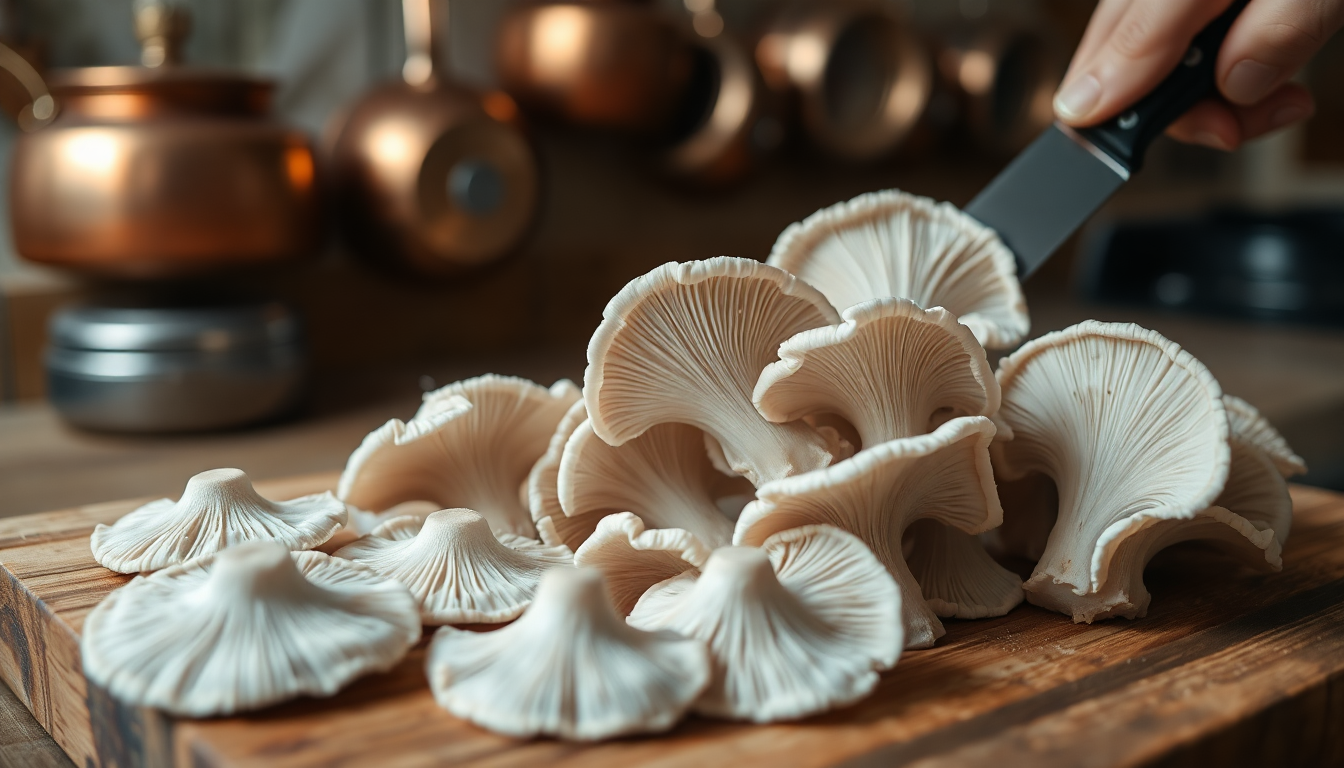
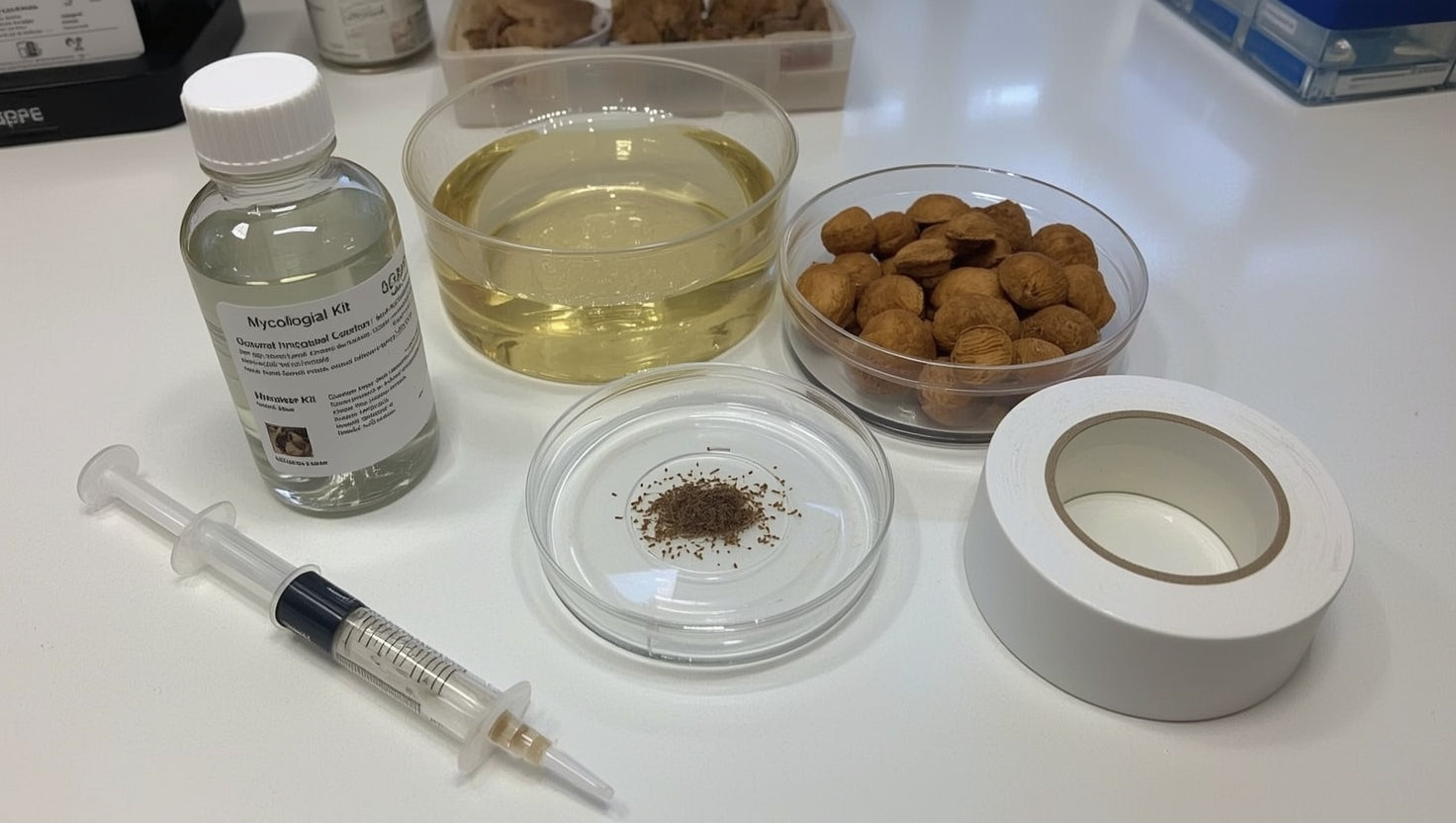
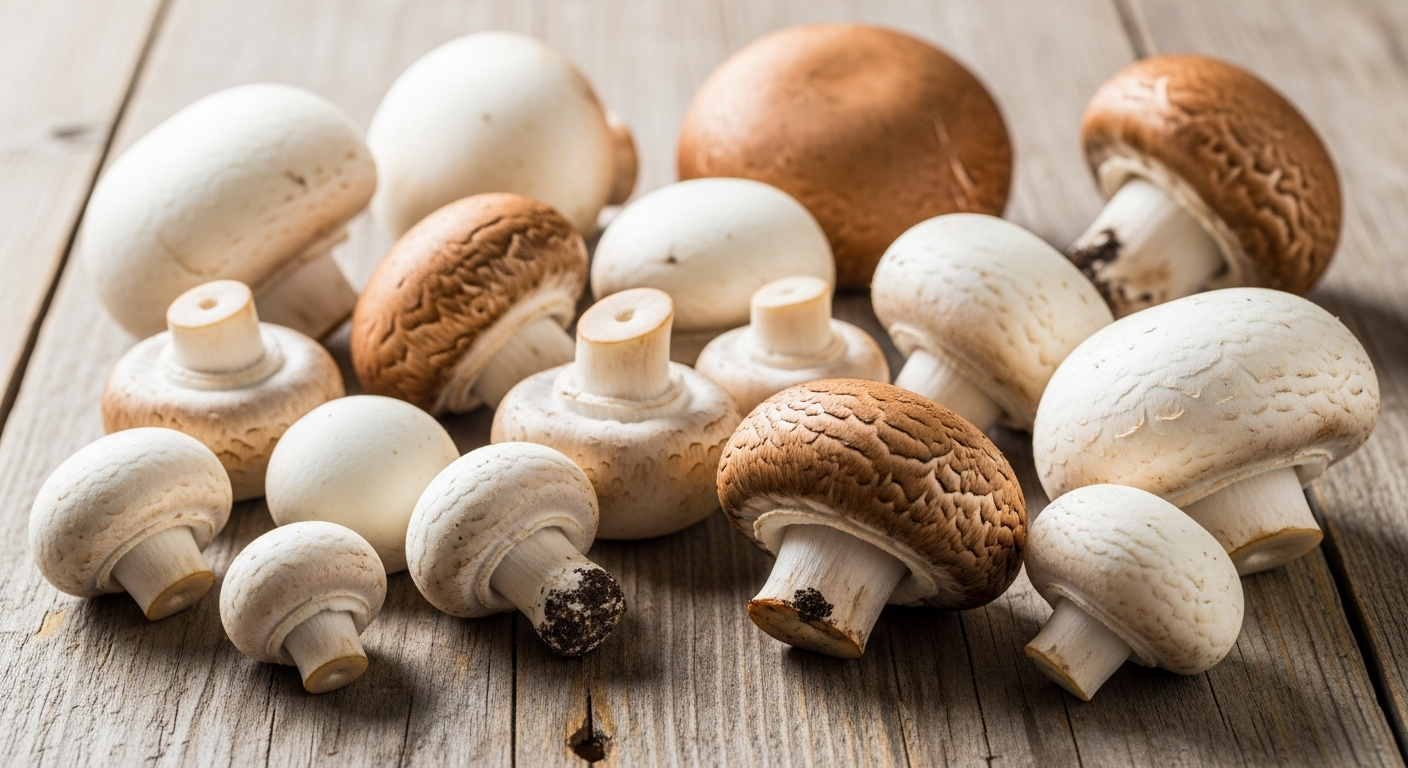
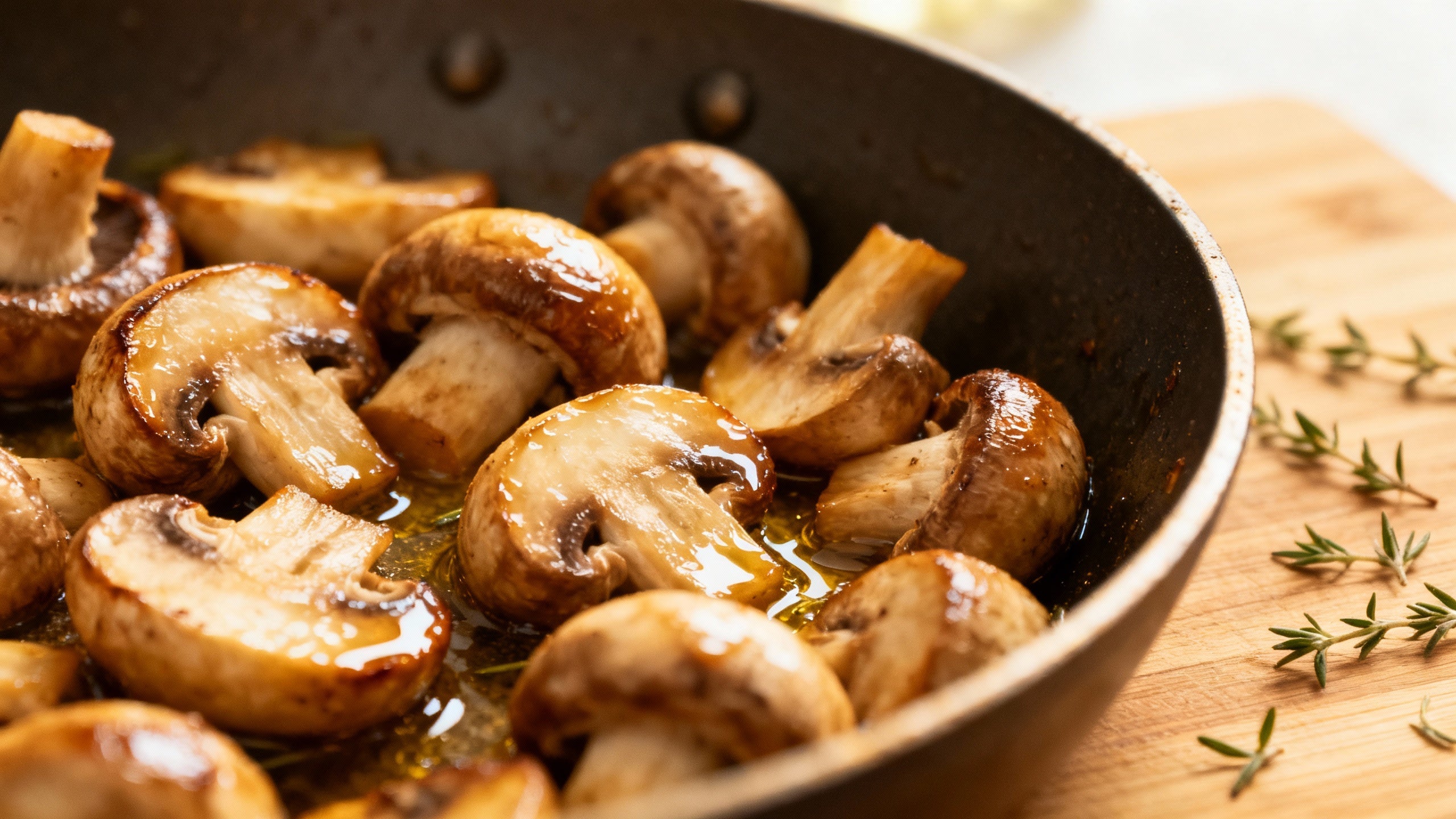
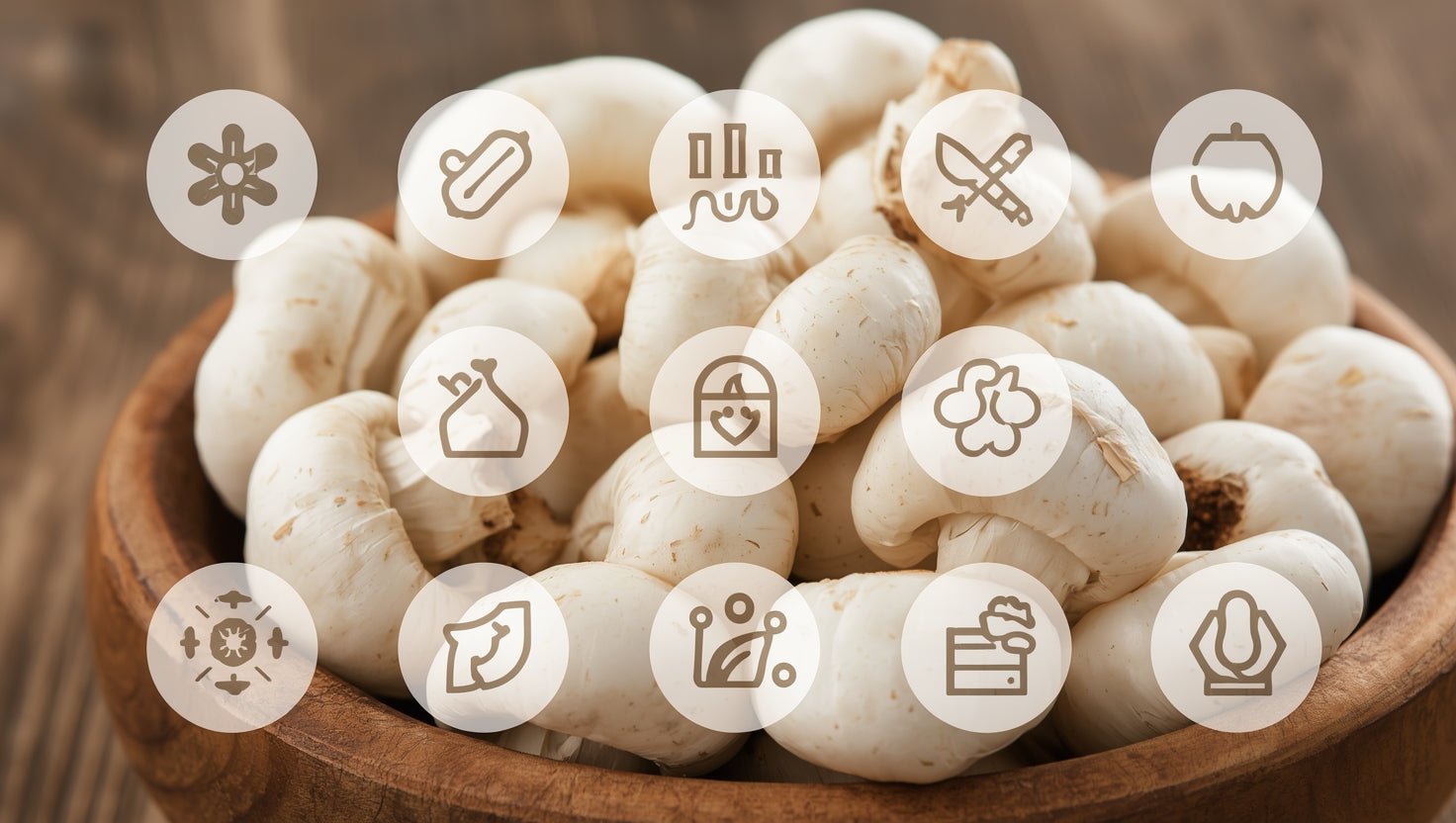
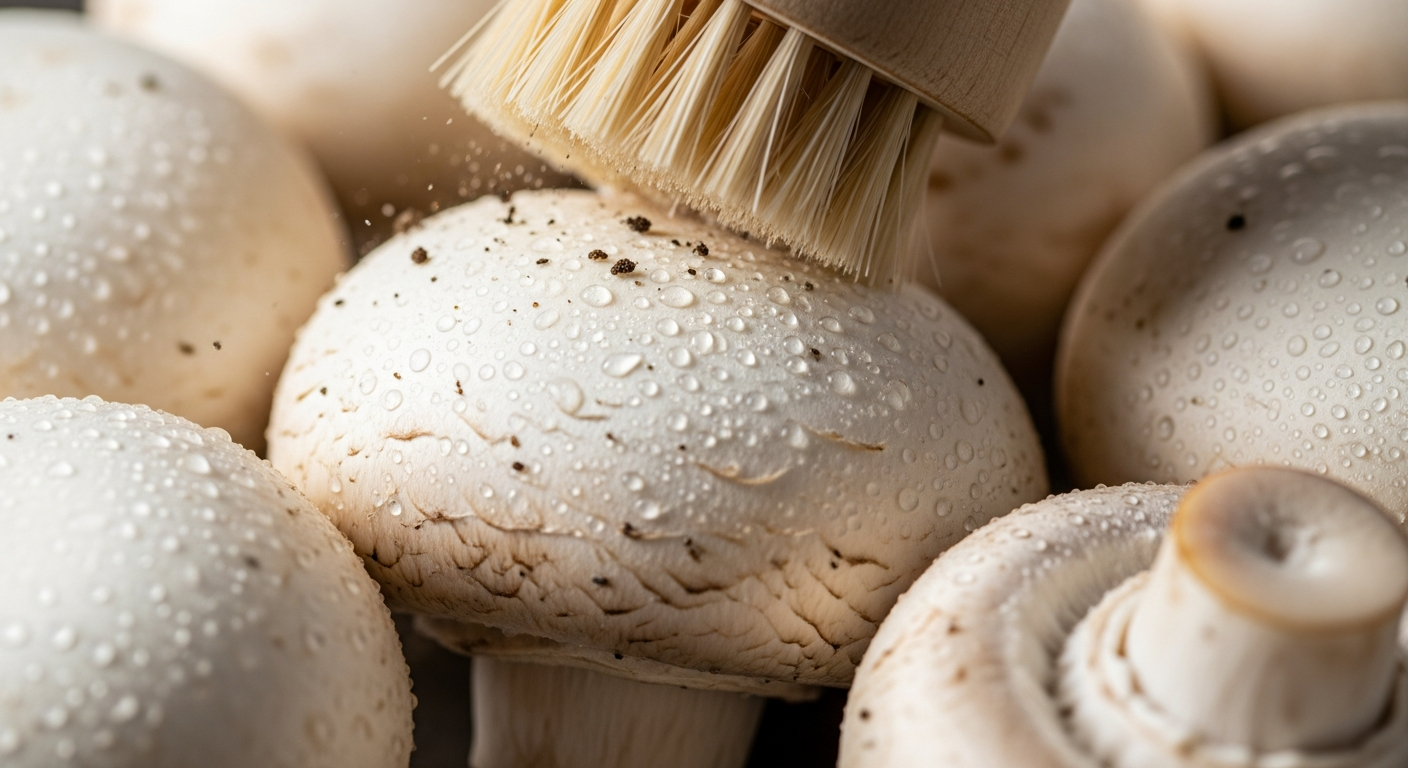
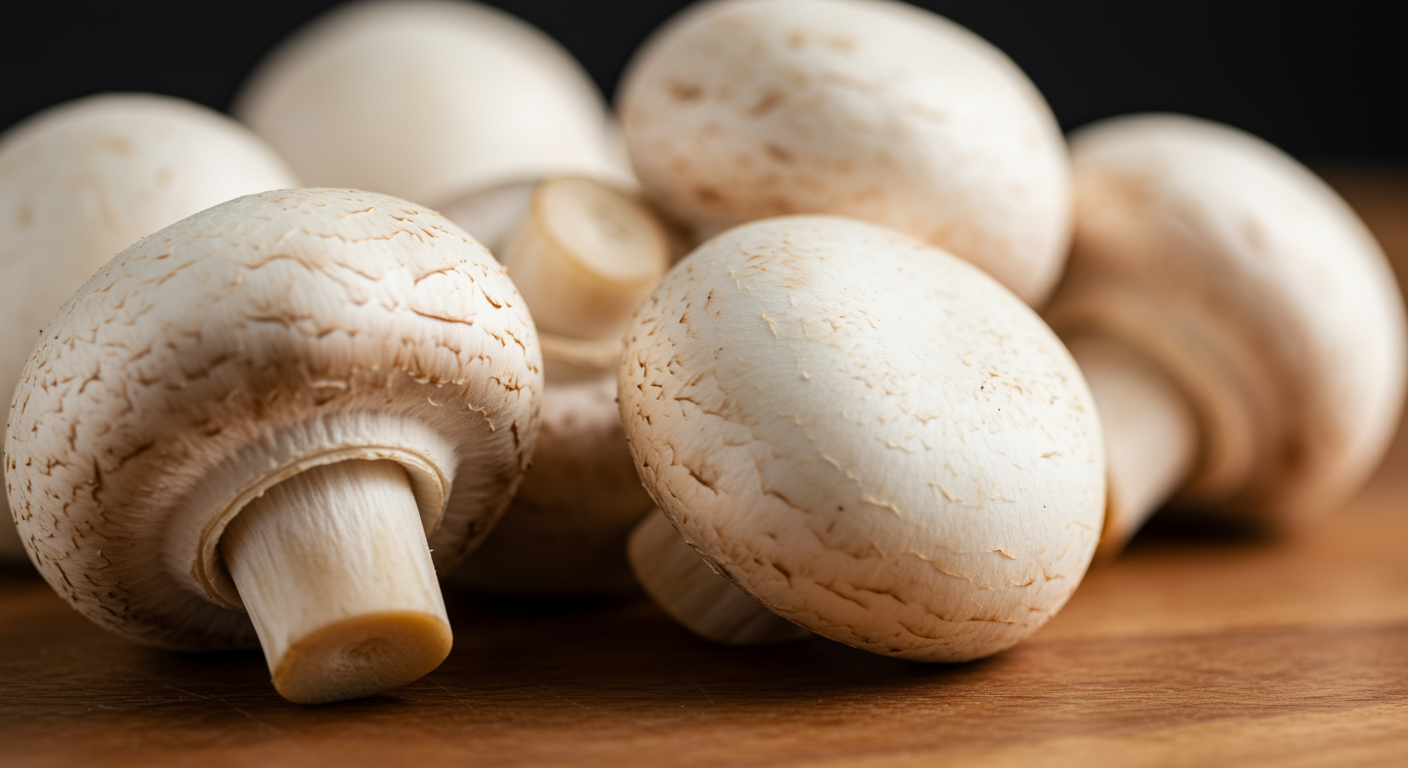
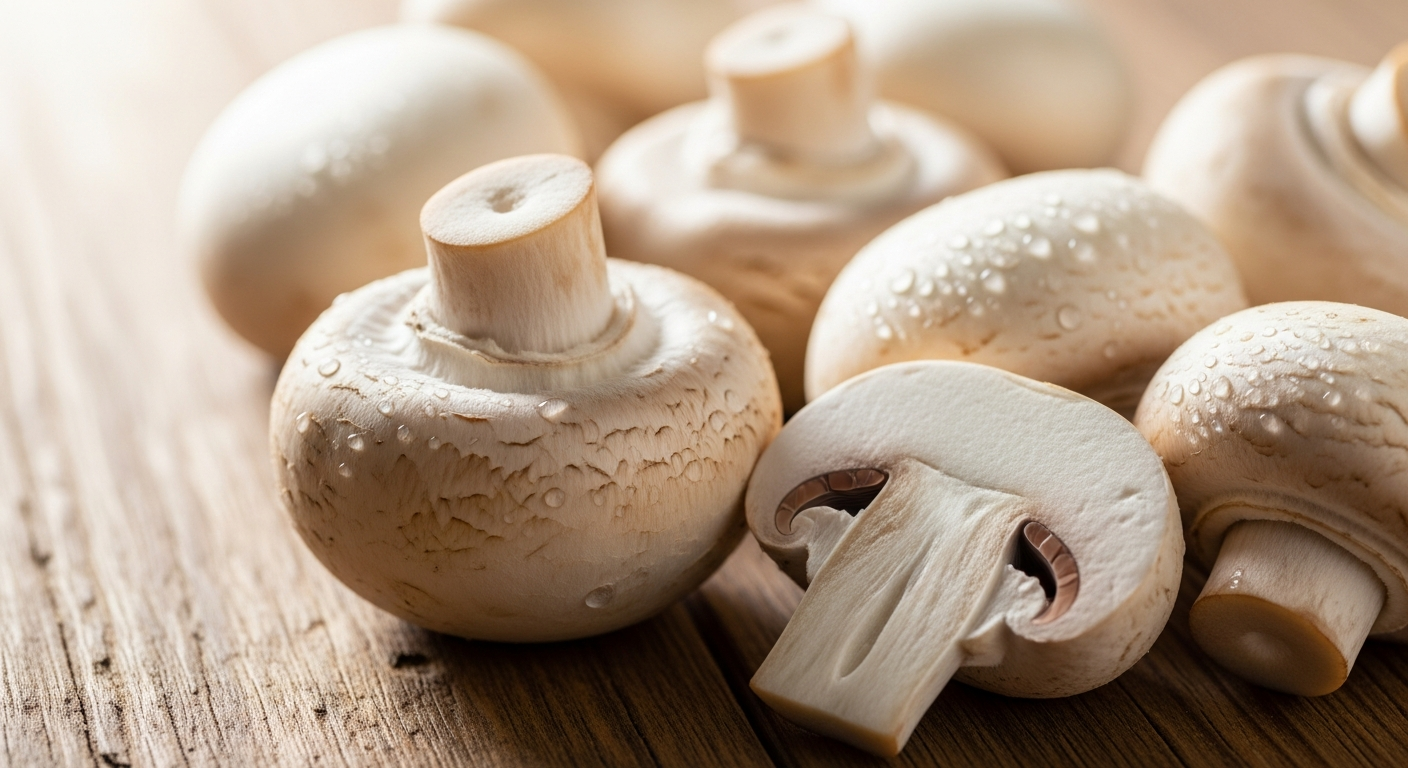
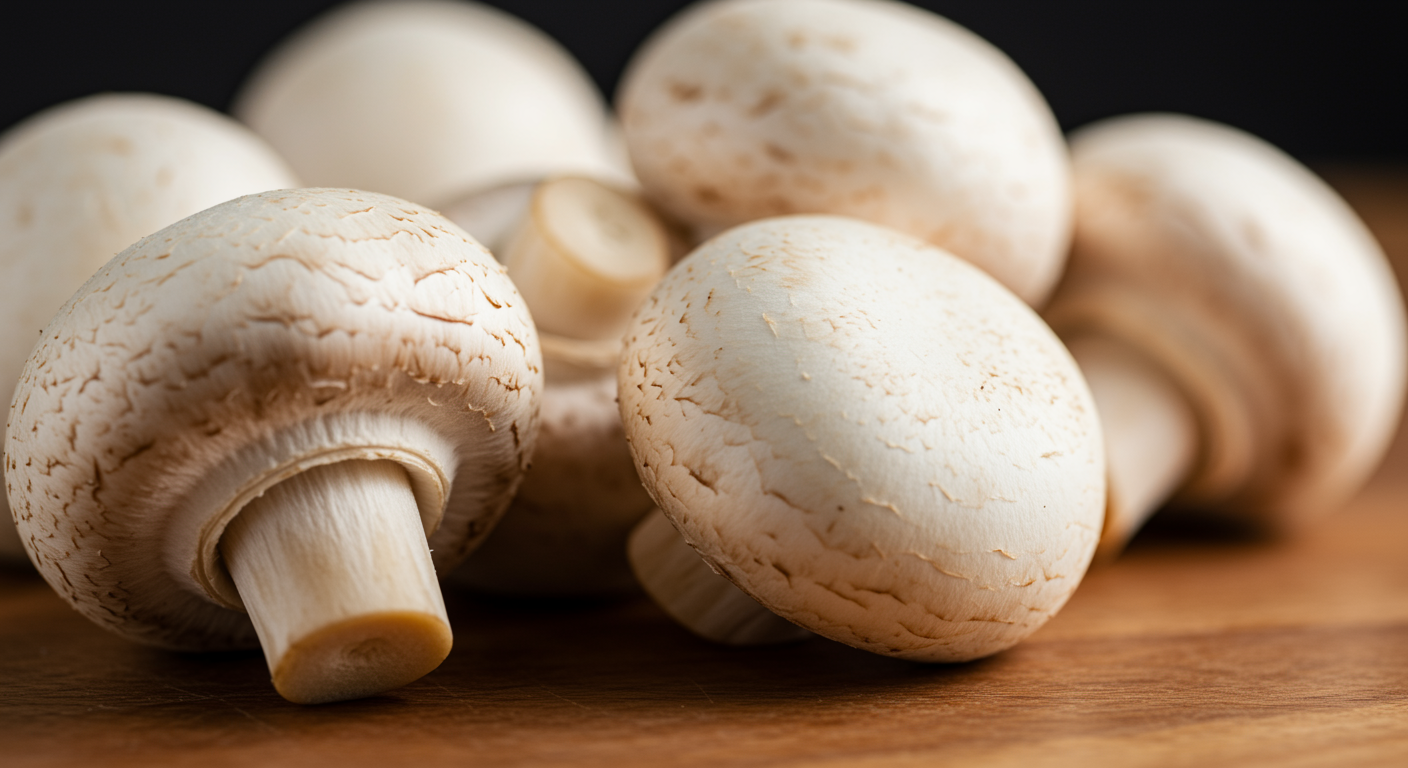
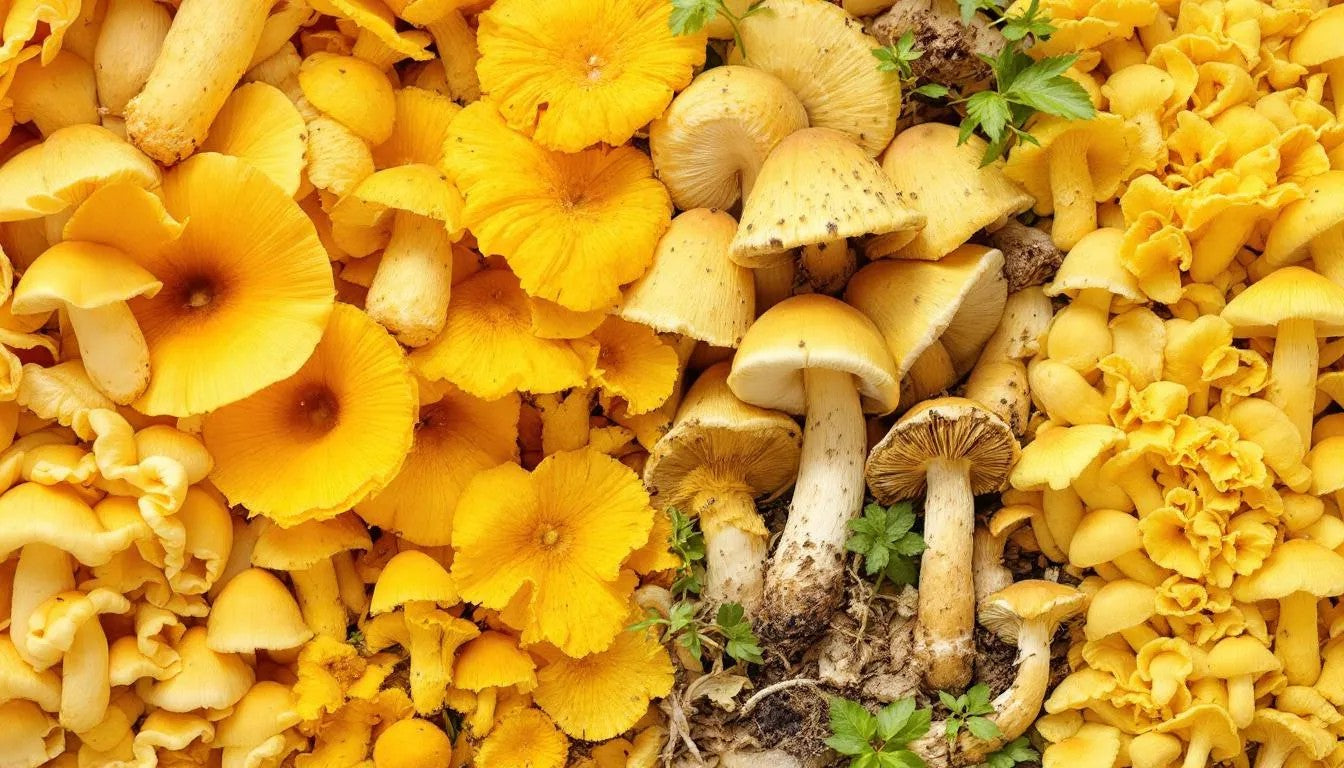

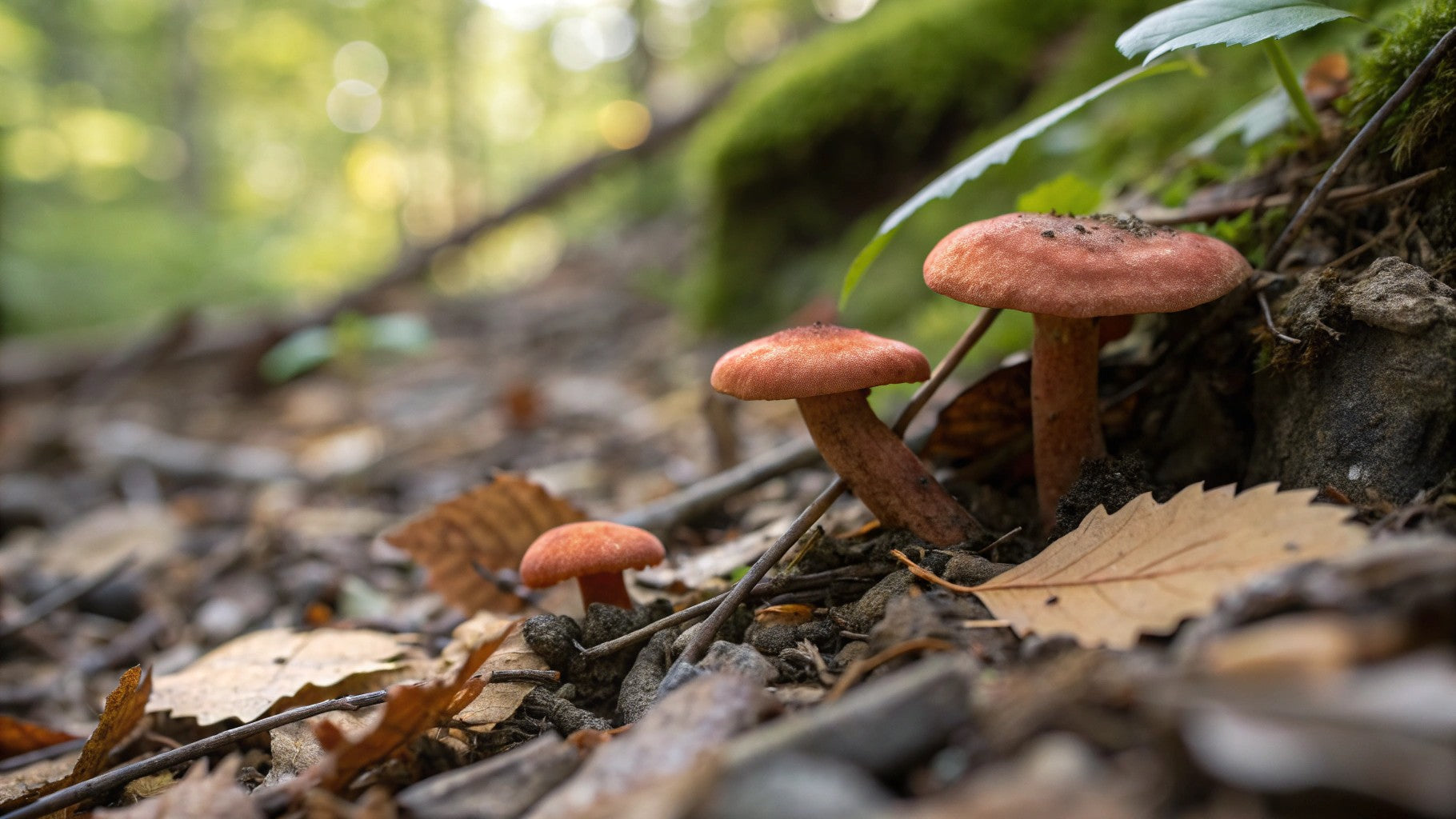
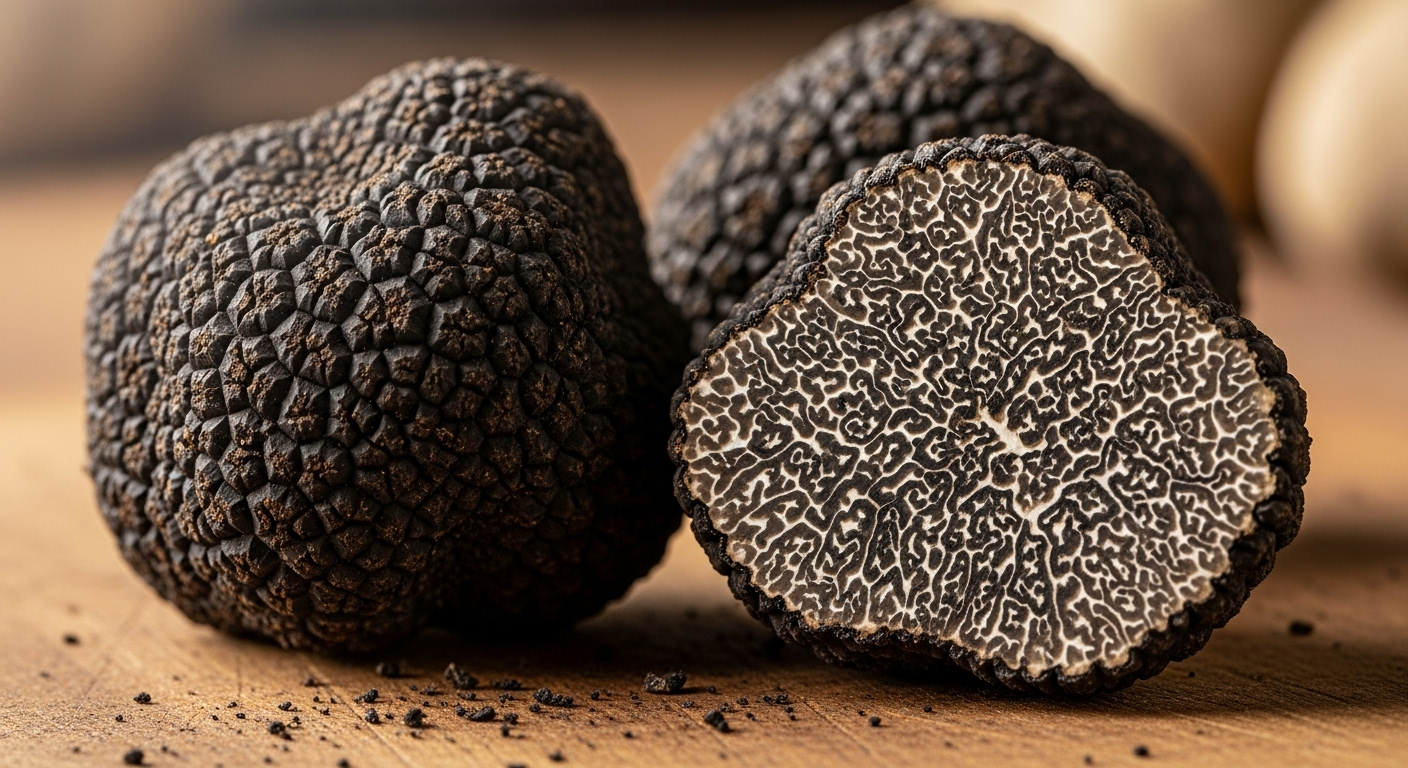
Share:
King Oyster Mushroom Recipe: A Culinary Delight
Pink Oyster Mushroom: A Vibrant Culinary Delicacy